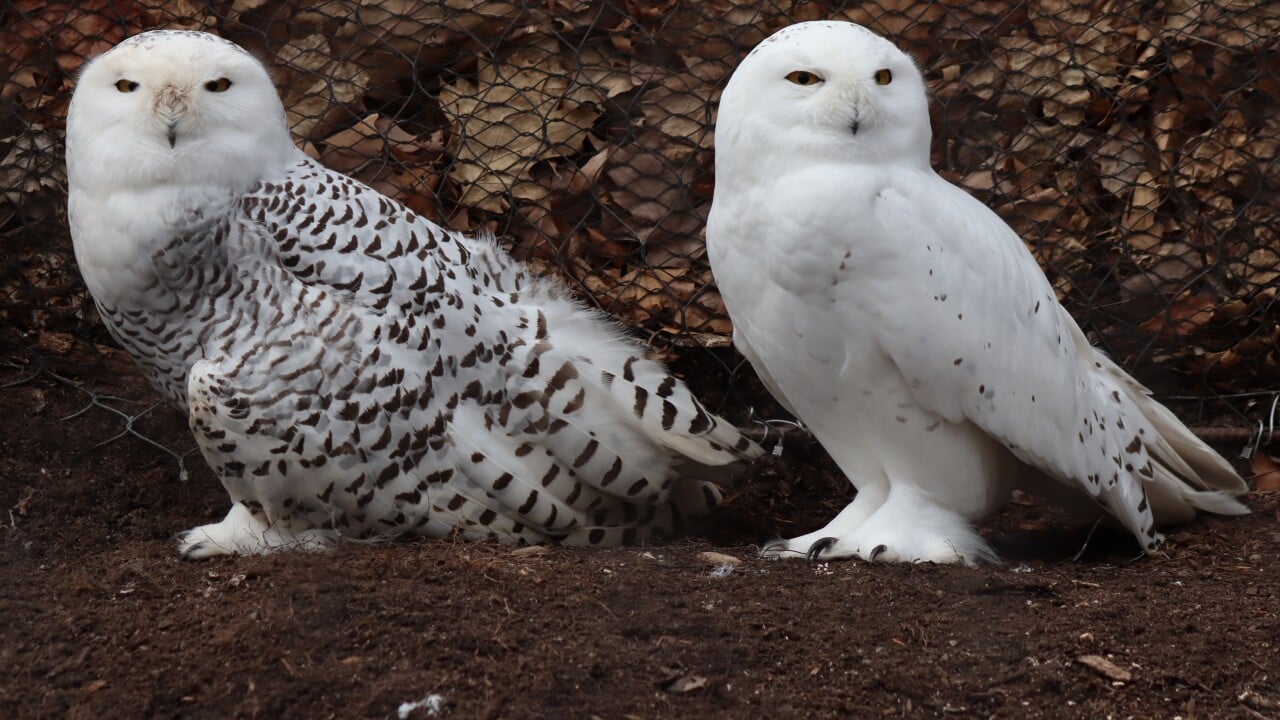this post was submitted on 31 Oct 2024
305 points (100.0% liked)
Superbowl
3278 readers
265 users here now
For owls that are superb.

founded 1 year ago
MODERATORS
you are viewing a single comment's thread
view the rest of the comments
view the rest of the comments

Many parts of bird' physiology are very different than our own, and birds can easily be injured or killed if handled improperly. One of the big warnings for people attempting to rescue birds they find is not to give them anything to eat or drink. The main reasons for this is that their throats are set up differently than ours, as water can more readily go to their lungs than it would for us, and giving them any food, what you feed them may be incompatible with their digestion, such as feeding seeds to a carnivore or the other way around, and also, if the bird needs to be anesthetized once professional help gets them, it can cause them to throw up and have stomach contents go into their lungs (aspiration).
If people are handling most wild birds, it is due to them being sick or injured. Before they can be checked for what exactly is wrong with them, the handlers don't know what movements could make injuries worse. If there is a broken bone, having the bird panic and flail could cause a bone to go through the skin or muscle, making the injury worse, for example. Feather damage is also no joke for a wild bird. If feather shafts are broken, they may not be able to fly for up to a year until they molt those feathers. They can also get injured by trying to get away, by the handler's resistance or by hitting other things, or just bending the wrong way while being held. Or they could always injure the rescuer as well. Having them restrained can help calm them and avoid causing new injuries to anyone involved.
I found a Raptor Rehabilitation Guide that lists some other potential hazards involved in handling and rescue. I'll copy here the things related to avoiding injuries.
The question about bone strength is a really good one, and having to read up to answer this actually cleared up a few of my own misconceptions and has been very informative.
So, I found this research paper, Bone density and the lightweight skeletons of birds, Dumont, 17 Mar 2010, and it revealed some critical details. Bird bones are actually composed of denser bone than mammalian bones. While they are hollow, the material is less porous and more mineral rich. While thin walled and hollow, there are internal structures that add rigidity. The forces involved in flight and landing cause rotational stress, and this hollow structure resists twisting forces better than our more solid bone structure. Mammalian bones having a bit of give lets them flex to avoid injury. Here is a dog femur vs a chicken femur for comparison:
If bird skeletons were the size of mammal skeletons, the bird's would be the same mass or even heavier. One key thing though, is birds are not built like us. We have relatively little padding, and are much more meat and bone for our size. Birds on the other hand, are mostly feathers and air sacs (very high oxygen requirements to fly!) loosely held together by bones. And their bones have one pretty big downside. Mammal bones break like a piece of standard glass, in a few big cracks. Bird bones break like tempered glass. It's harder to break, but when it does, it shatters. This is why we aren't supposed to give dogs poultry bones, as they make pokey splinters. It also becomes more difficult to repair that delicate matrix structure so it can heal. I think that is a pretty accurate summation of what was in the paper. There's much more interesting stuff in there, but I don't have a chance to read it fully now.
I came for the cute animal pictures, and stayed for the knowledge. Thank you for taking the time to write all that.
I try to satisfy those that just come here for cute pictures, but they're such amazing creatures, there is so much knowledge to share about them!
We enjoy humanizing them for their fun faces, but they are so different from us in so many ways. It makes them full of fun surprises to share with you all!
Thank you! I learned more about birds today than I ever have 🙂 Ahhh, if I had the time and money, I'd volunteer at rescue to learn more about them.
Have a good one!
What an Owl Knows by Jennifer Ackerman is a great book if you want to learn a lot in digestible, easy to understand language.
Also, don't hesitate to find a rescue/rehab near you and go look and ask questions. The people are all there because of their love for the animals, so they will talk your ears off if they aren't too busy. I did a 50 States of Owls last year if you're in the US, to show everyone there are lots of owl places to visit wherever you may be. Owls are in every place people are, so there are always some nearby.
You can also help local owl just by donating time, money, or supplies to your local rescue center. They always need paper towels, bedding, cleaners, and a ton of other basic supplies. No rehab I have come across in any country gets any tax money for their services, so it is all privately funded by people like us. I was even reading about someone helping from home raising grubs to feed to their local rescue animals so the place didn't need to buy them.
There are tons of opportunities for anyone to participate, no matter how much or little they have to give at the moment!